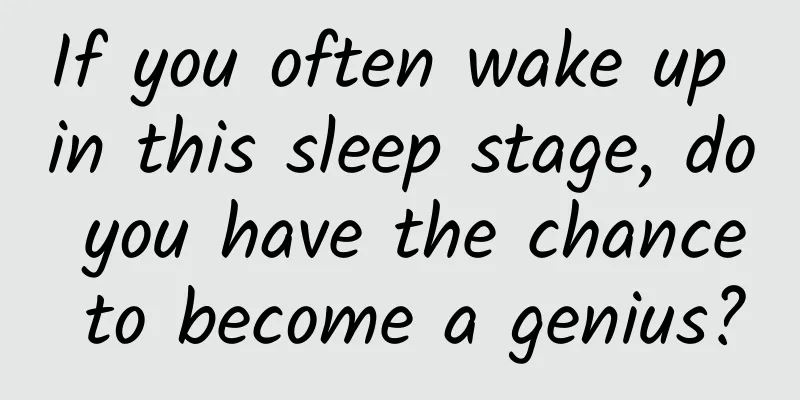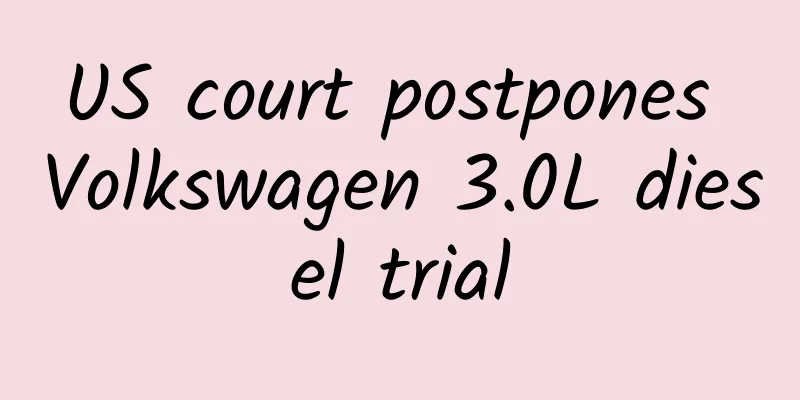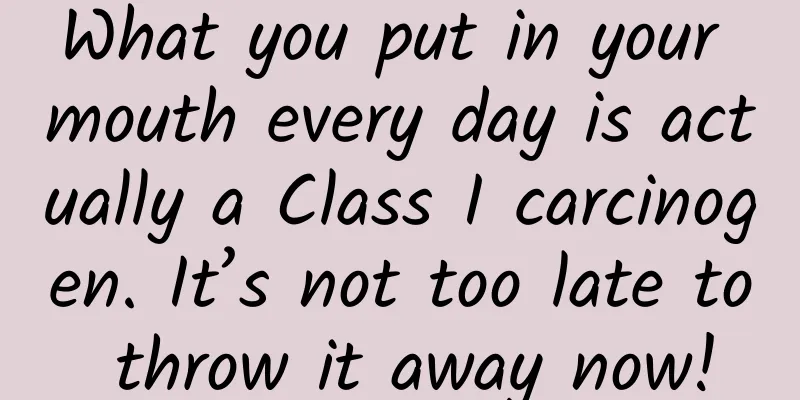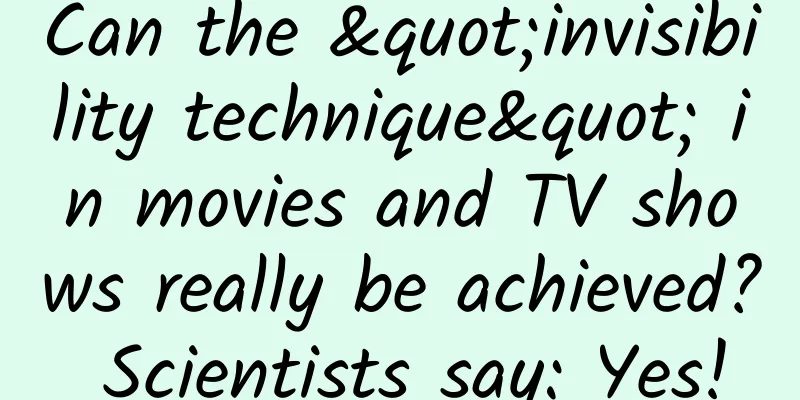If you often wake up in this sleep stage, do you have the chance to become a genius?

|
Researchers have discovered the secret to the success of Thomas Edison and Salvador Dalí: inspiring creativity through dreams. The structure of benzene, Google searches and the science fiction novel Frankenstein: what do these icons of science, technology and literature have in common? They are part of a long line of discoveries and inventions that are said to have been inspired by dreams. Sleep scientists have pondered the link between dreaming and creative inspiration for decades. They have long believed that these insights came from the rapid eye movement stage of sleep , which begins an hour or more into the sleep cycle and is associated with rich dreams. But a new study has focused attention on an earlier stage of sleep, between wakefulness and sleep, as the key period for creative bursts. In a study published May 15 in Scientific Reports, a team of researchers found that people who took a nap scored higher on several measures of creativity than those who stayed awake while undertaking the same creative task. “People have speculated that this early sleep state is important for creativity, but this is the best study I know of to demonstrate its value,” said Jonathan Schooler, a cognitive psychologist at the University of California, Santa Barbara, who was not involved in the study. What's more, the scientists found that they could even exercise some control over the dreaming process. For example, they could direct people's dreams toward a particular theme, and the more people dreamed about that theme, the more creative they became about tasks related to it . "We can almost say that dreaming about a theme can enhance your subsequent creativity on that theme," said Robert Stickgold, a cognitive neuroscientist and dream researcher at Harvard Medical School and one of the research team. The experiment used a glove-like sleep monitor called Dormio. Adam Haar Horowitz, a postdoc at MIT and one of the co-lead researchers on the team that developed the monitor , monitors muscle tone, skin conductivity, and heart rate based on contacts on the wrist and hand to track sleep . It also connects to an app that can voice prompts of dreams and record dream reports. Sleep tracking device - Dormio. Image source: Massachusetts Institute of Technology More than one famous thinker has used the first transitional stage of sleep, known as non-REM stage 1 (N1), to generate innovative ideas. Famous painter Salvador Dali would intentionally doze off while laying a bunch of keys on a metal plate while he was composing a painting. When he dozed off, the muscles in his hand relaxed, and the keys fell out of his hand and hit the plate, waking him up, and he would capture the image in his dream. Thomas Edison is said to have used a similar method, but he used metal balls instead of keys to inspire his inventions. In 2021, a team at the Paris Brain Institute reported some preliminary evidence that the method of Dali and Edison worked. They had test subjects take a nap after reading math problems that had hidden shortcuts. Among the vast majority of people who didn't come up with shortcuts at first, those who napped during the N1 stage of sleep were nearly three times more likely to find a better solution when working on a new problem that required the same math knowledge than those who didn't sleep. Stickgold, Horowitz and their colleagues wanted to prove that dreaming is key to mediating the creative bursts in the N1 stage. Before the 2021 mathematical study came out, the research team had already begun conducting controlled experiments on dreaming, in which they guided subjects to dream about specific things, such as a tree. They recruited 50 people for an afternoon "nap study," a name presumably meant to appeal to those who enjoy napping, although in reality the researchers only instructed half of the participants to sleep during the study. As the subjects wearing Dormio drifted off to sleep, an app connected to Dormio told them to "remember to think of a tree" or "remember to observe your thoughts." After 1 to 5 minutes, the app woke them up and asked them to provide a dream report. This cycle repeated for 45 minutes, resulting in an average of 5 dream reports per person. Those who were told to stay awake were left to let their minds wander while receiving similar instructions. All but one of the nappers who were given the “tree” prompt reported dreaming about trees or parts of them, while only one of the nappers who were given the more general prompt dreamed about trees. One dreamer who was given the tree prompt described “the tree breaking into pieces” and that in the desert, “a shaman was sitting under the tree with me.” The participants then took three creativity tests: They wrote a creative story involving the word “tree,” listed “all the creative alternative uses” they could think of for trees, and wrote down the first verb that came to mind for 31 nouns that were more or less tree-related. The people who rated the creativity of these responses didn’t know which participants had napped or who had been given the “tree” prompt, and the ratings were then combined into a composite creativity index. Ultimately, those who had napped and received the "tree" prompt had the highest overall creativity scores. Horowitz claims that there is an objective and experimental link between the incubation of certain specific dreams and post-sleep creativity around that theme, which confirms centuries of anecdotal reports about people in creative fields. In addition, the more trees appeared in a person's dream report, the higher their creativity score. "The more you dream about trees, the better your subsequent performance is," said Kathleen Esfahany, an MIT undergraduate who co-led the study with Horowitz. She also added that people seemed to get inspiration for these tasks from their dreams . For example, a person who dreamed that his body was made of wood wrote a story about an "oak king" who wore a "crown of leaves" and whose body was sometimes "made of wood" and sometimes "made of light." These data suggest that dreaming during the N1 phase is, as the researchers hypothesized, a positive factor in creativity. “This is groundbreaking research because no previous experiment has shown that what you dream about while falling asleep is actually related to creativity later in life,” said Tore Nielsen, a dream researcher at the University of Montreal in Canada who was not involved in the study. Image source: pixabay Nelson and others say the study was small and needs to be replicated, and Penny Lewis, a neuroscientist at Cardiff University in Wales, UK, who was also not involved in the study, says the prompted nappers did not score significantly higher on individual creativity measures (relative to the overall score) than those who did not get the prompt. “I think their data do convincingly show that just spending some time in N1 sleep, which is the very light sleep when you fall asleep, can lead to better performance on all three tasks,” Lewis said. “But you have to be cautious about the idea that being prompted led to better performance because the data are not very convincing.” An objective, automated test of creativity called semantic distance showed that the short nap helped stimulate creativity, but adding the "tree" prompt didn't help extra. In this test, a computer assessed the similarity of pairs of words produced in each creativity task, with less similarity associated with higher creativity . Still, the test suggests a mechanism by which N1 stage sleep boosts creativity. "It suggests that people are able to make more distant associations and thus find 'conceptual' bridges that they might not have discovered otherwise," Schooler said. The study included only a single prompt involving a tree, so future tests will need to be conducted with other subjects and, ultimately, applied to real-world problems. “It’s exciting because, in principle, this is a technique that people could use to foster their own creativity,” Schooler said. And there seems to be no shortage of subjects for the study. “We’ve had a lot of different people knocking on the door of the lab asking to be part of a dream study,” Horowitz said. References [1] https://www.scientificamerican.com/article/heres-how-to-use-dreams-for-creative-inspiration/ [2] https://news.mit.edu/2020/targeted-dream-incubation-dormio-mit-media-lab-0721 Planning and production Source: Global Science By Ingrid Wickelgren Translation | Grace Proofreading | Huang Yujia Editor|Yang Yaping |
<<: Where the Heart “Sounds” – Exploring the Beautiful Sounds of the Heart
Recommend
What "gem" made the pigment artist go to Ailao Mountain alone? Experts: Not suitable for pigment making
"A small blue mineral, very beautiful... a s...
10,000 words of practical knowledge | How to master content operations from music playlists
The author took the operation of playlists on mus...
Yunfu SEO Training: What are the ranking techniques for SEO promotion keywords?
In the current SEO summary of many websites, many...
Beijing's heating is extended to March 22! How is the extension fee calculated?
Today we received two pieces of good news. In add...
What to do if your Huawei phone consumes battery quickly after upgrading to Hongmeng? Try this method, many people say it works
Some netizens have reported that their phones con...
Practical Post | Comprehensive analysis of “Zhihu channel distribution strategy”!
My first impression of Zhihu came from a question...
How much does it cost to be an agent for a fruit mini program in Xingtai?
What is the price of being an agent of Xingtai Fr...
Latest Age Regulations for Construction Workers 2022: What is the age limit for migrant workers on construction sites?
In rural areas, many farmers are forced to work i...
Why did those flowers that are said to be "immortal" die because of you?
Expert of this article: Li Ting, Master of Plant ...
Why were the gravitational waves predicted by Einstein detected only a hundred years later?
The dream of archaeologists is to record the soun...
Why does iPhone 6 insist on 1GB of memory?
This question is both simple and complex. Someone...
Insights on the major mobile advertising platforms in Q1 2019!
This article takes the five major mainstream plat...
When Apple Watch is pre-sold, let's talk about Xiaomi bracelet
At a time when Apple Watch is being pre-ordered a...
Notes on changes from iOS 8 to iOS 9
[[150713]] Here we will introduce some changes an...









